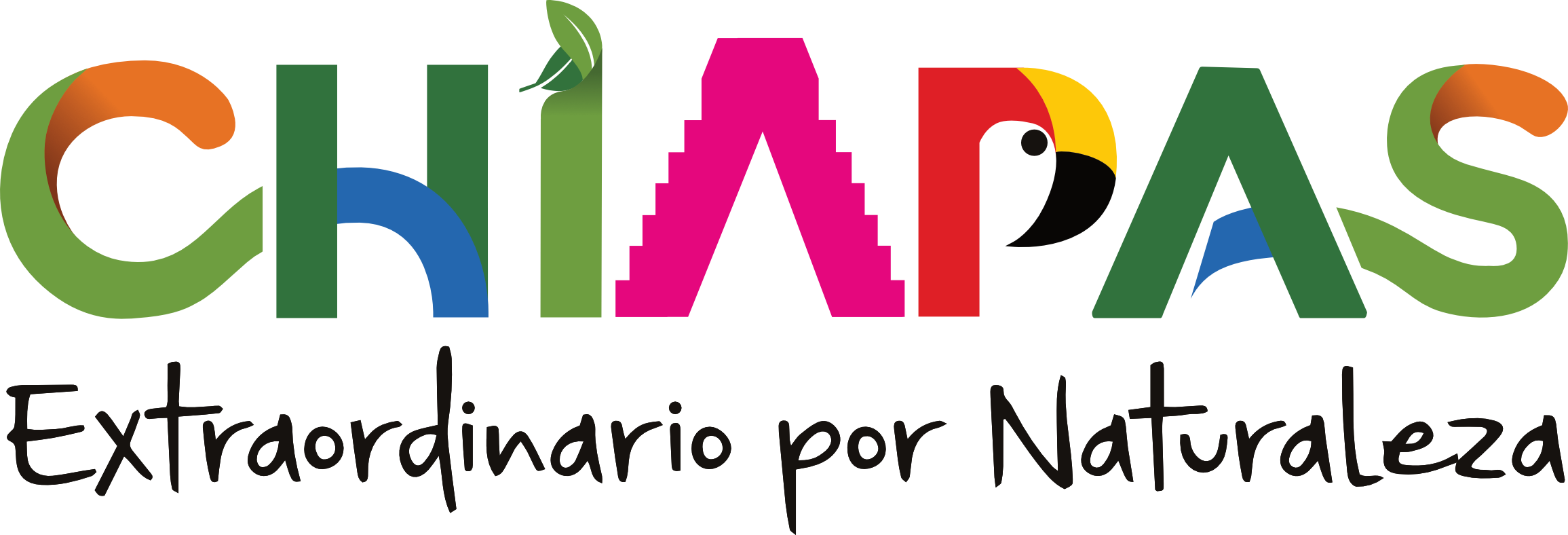
24 de Diciembre
Chiapas
In Chiapas, traditions are a fundamental part of the cultural identity of its communities. Among them is the practice of celebrating the birth, dressing, and seating of the Child Jesus, a Catholic-inspired tradition that forms an essential part of year-end and early-February festivities.
The “birth” of the Child Jesus symbolizes his arrival into the world. This tradition begins with the posada, where a group of “pilgrims” sings litanies requesting shelter from the “innkeepers,” reenacting the journey of Mary and Joseph in search of a place for Jesus’ birth. Once inside the host’s home, the image of the Child Jesus is placed in a special space where the nativity scene awaits, along with Mary, Joseph, and other traditional figures.
The celebration continues with prayers, songs, candle lighting, and culminates with piñatas, food, mistela, and punch. As part of Chiapas’ warm hospitality, hojuelas—a traditional fried flaky dessert served with honey, sugar, or temperante—are offered. According to tradition, the Child Jesus is born on December 24.
On February 2, Candlemas Day, the dressing and seating of the Child Jesus takes place, commemorating the 40 days after his birth. Family, friends, and neighbors gather to participate in prayers, songs, candlelit celebrations, fireworks, and the sharing of coffee, champurrado, and traditional tamales. With this final celebration, the festive cycle ends and the nativity figures are stored away.
The images of the Child Jesus hold deep emotional and spiritual meaning. Passed down from generation to generation, they are carefully preserved and restored, representing family legacy and the continuation of a tradition that forms part of Chiapas’ cultural heritage.
The “birth” of the Child Jesus symbolizes his arrival into the world. This tradition begins with the posada, where a group of “pilgrims” sings litanies requesting shelter from the “innkeepers,” reenacting the journey of Mary and Joseph in search of a place for Jesus’ birth. Once inside the host’s home, the image of the Child Jesus is placed in a special space where the nativity scene awaits, along with Mary, Joseph, and other traditional figures.
The celebration continues with prayers, songs, candle lighting, and culminates with piñatas, food, mistela, and punch. As part of Chiapas’ warm hospitality, hojuelas—a traditional fried flaky dessert served with honey, sugar, or temperante—are offered. According to tradition, the Child Jesus is born on December 24.
On February 2, Candlemas Day, the dressing and seating of the Child Jesus takes place, commemorating the 40 days after his birth. Family, friends, and neighbors gather to participate in prayers, songs, candlelit celebrations, fireworks, and the sharing of coffee, champurrado, and traditional tamales. With this final celebration, the festive cycle ends and the nativity figures are stored away.
The images of the Child Jesus hold deep emotional and spiritual meaning. Passed down from generation to generation, they are carefully preserved and restored, representing family legacy and the continuation of a tradition that forms part of Chiapas’ cultural heritage.
